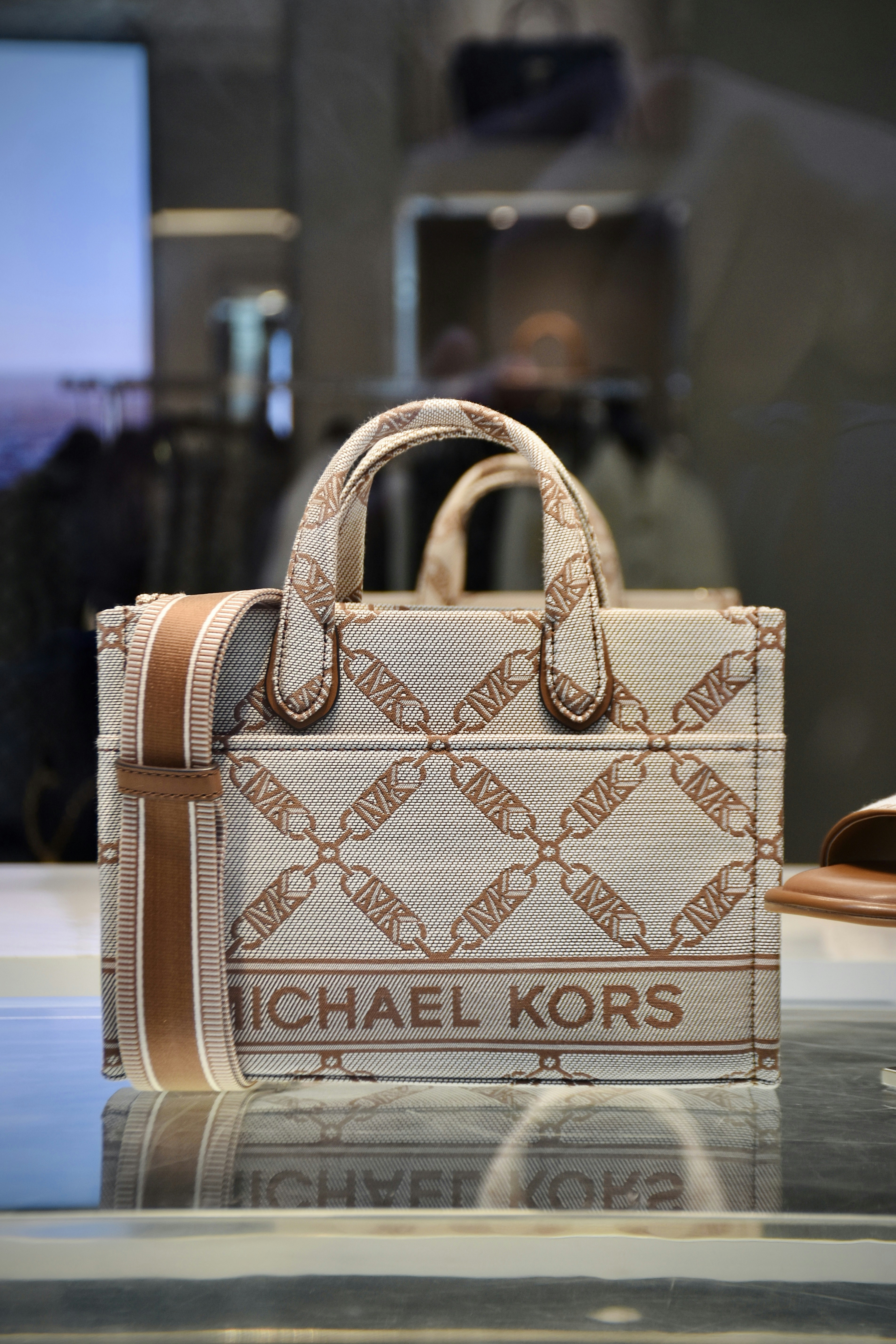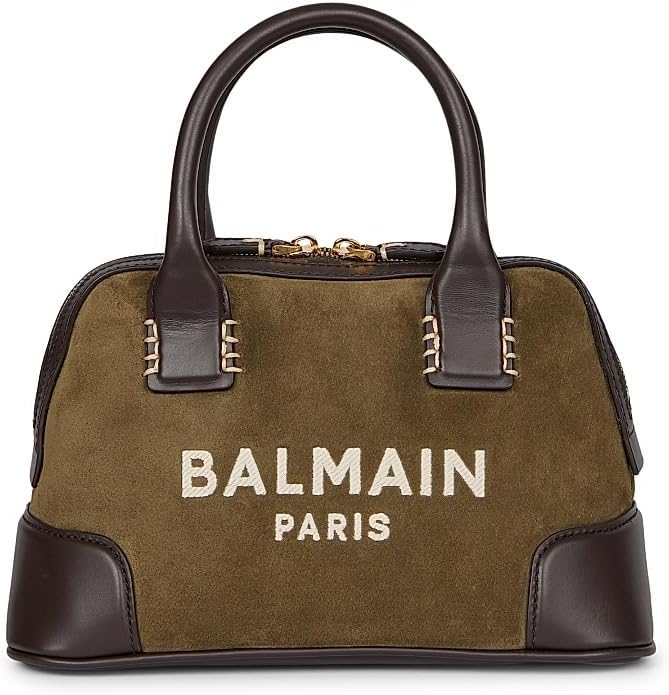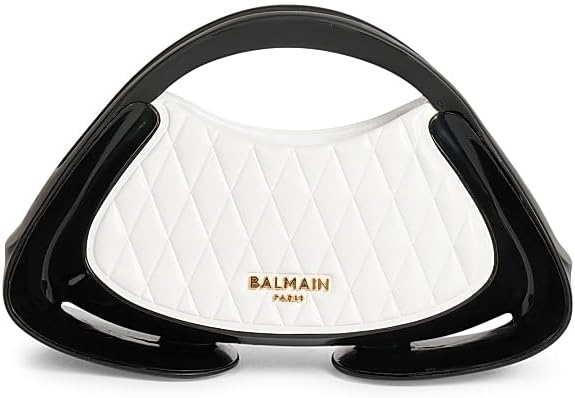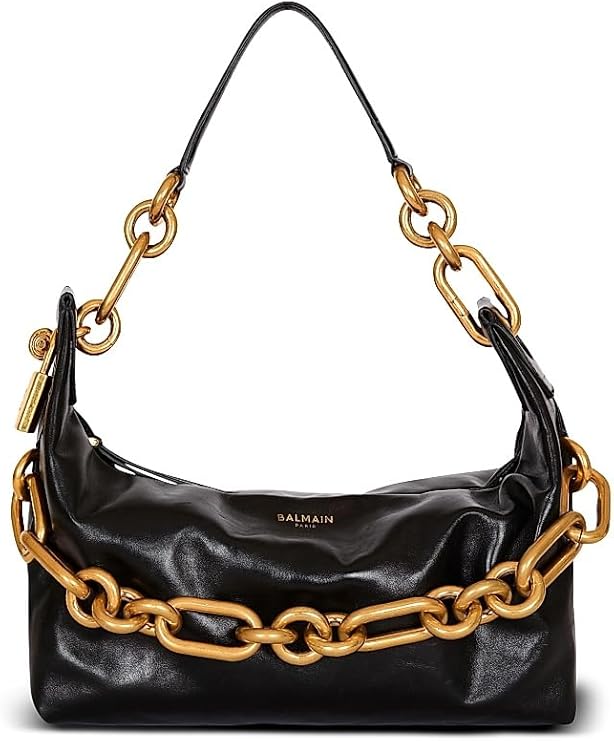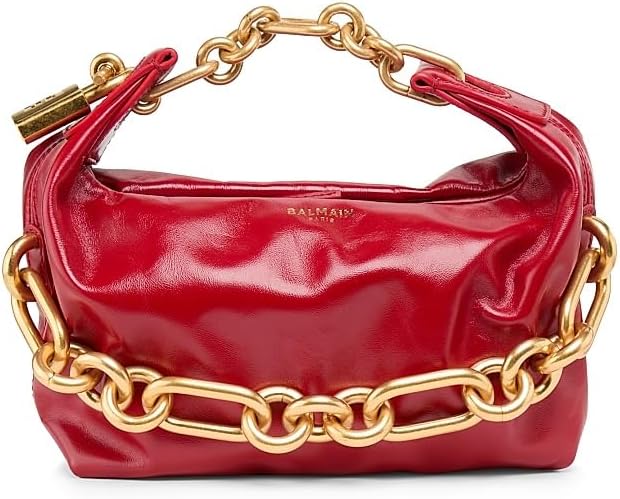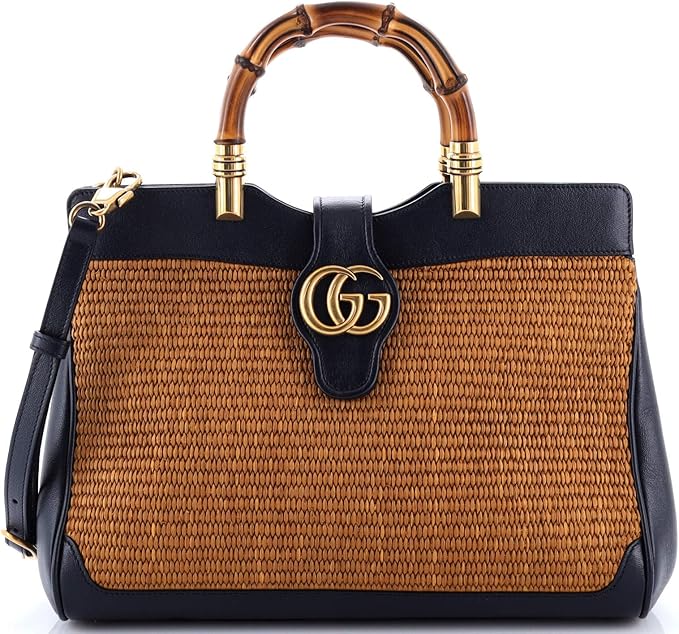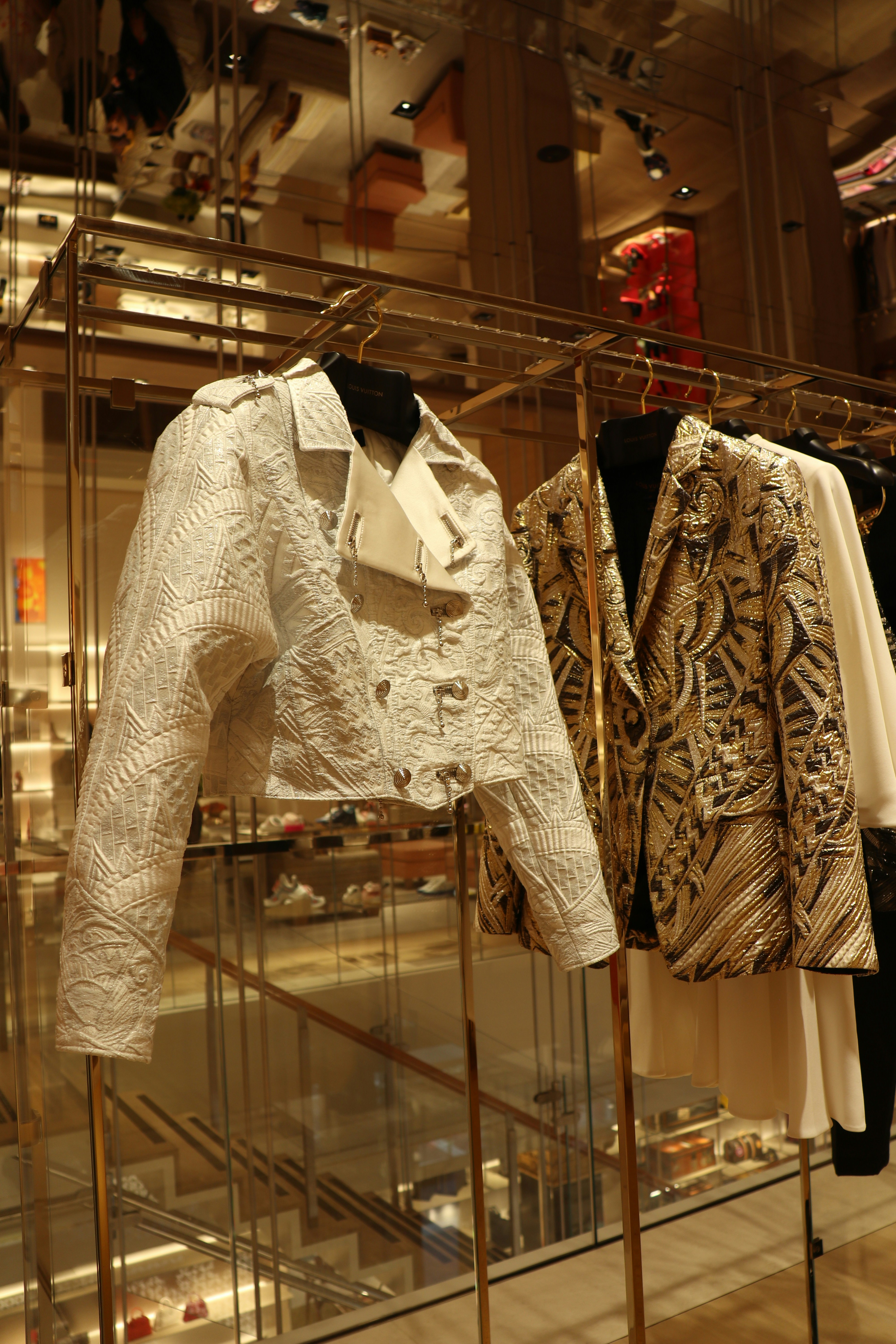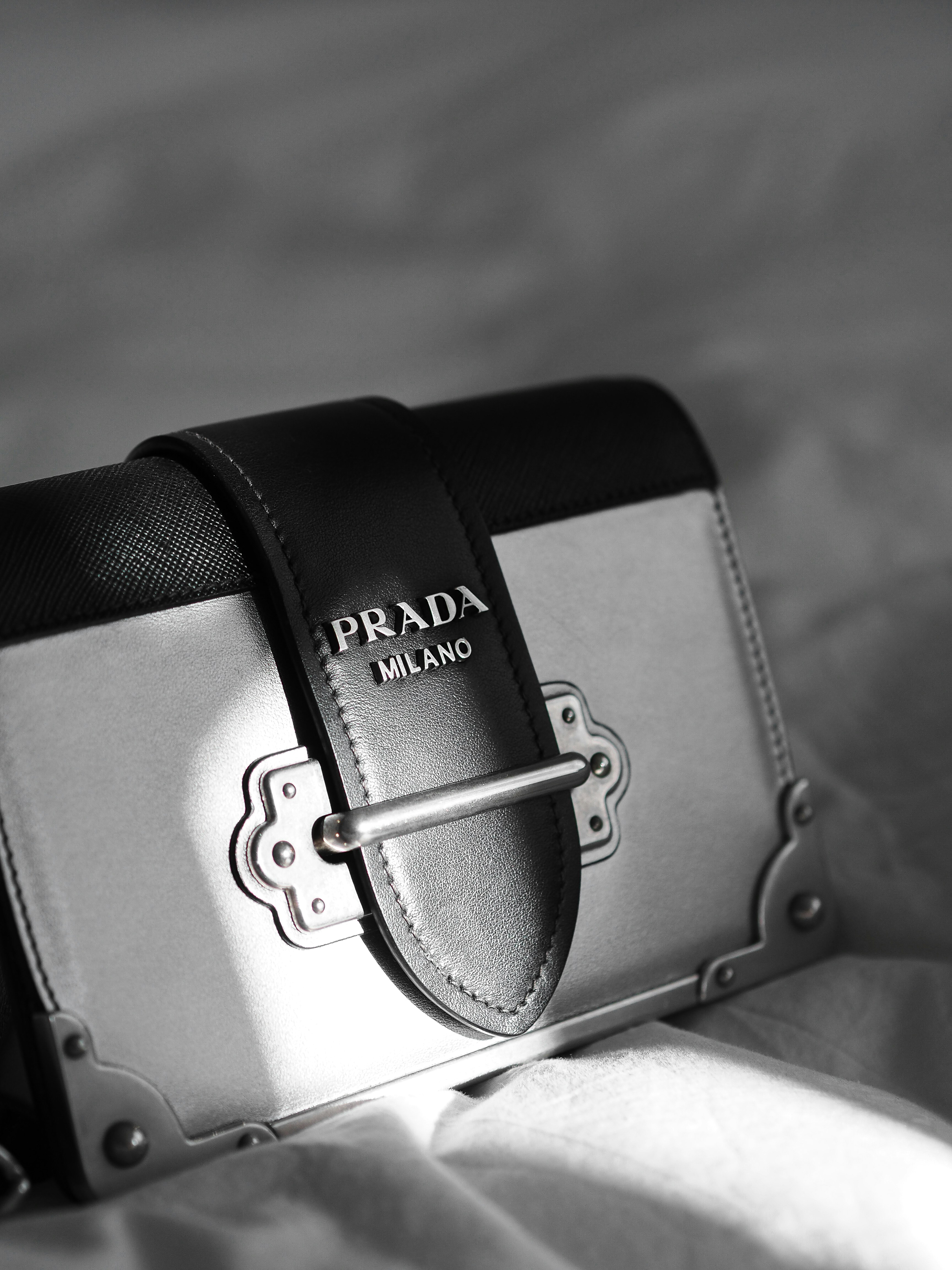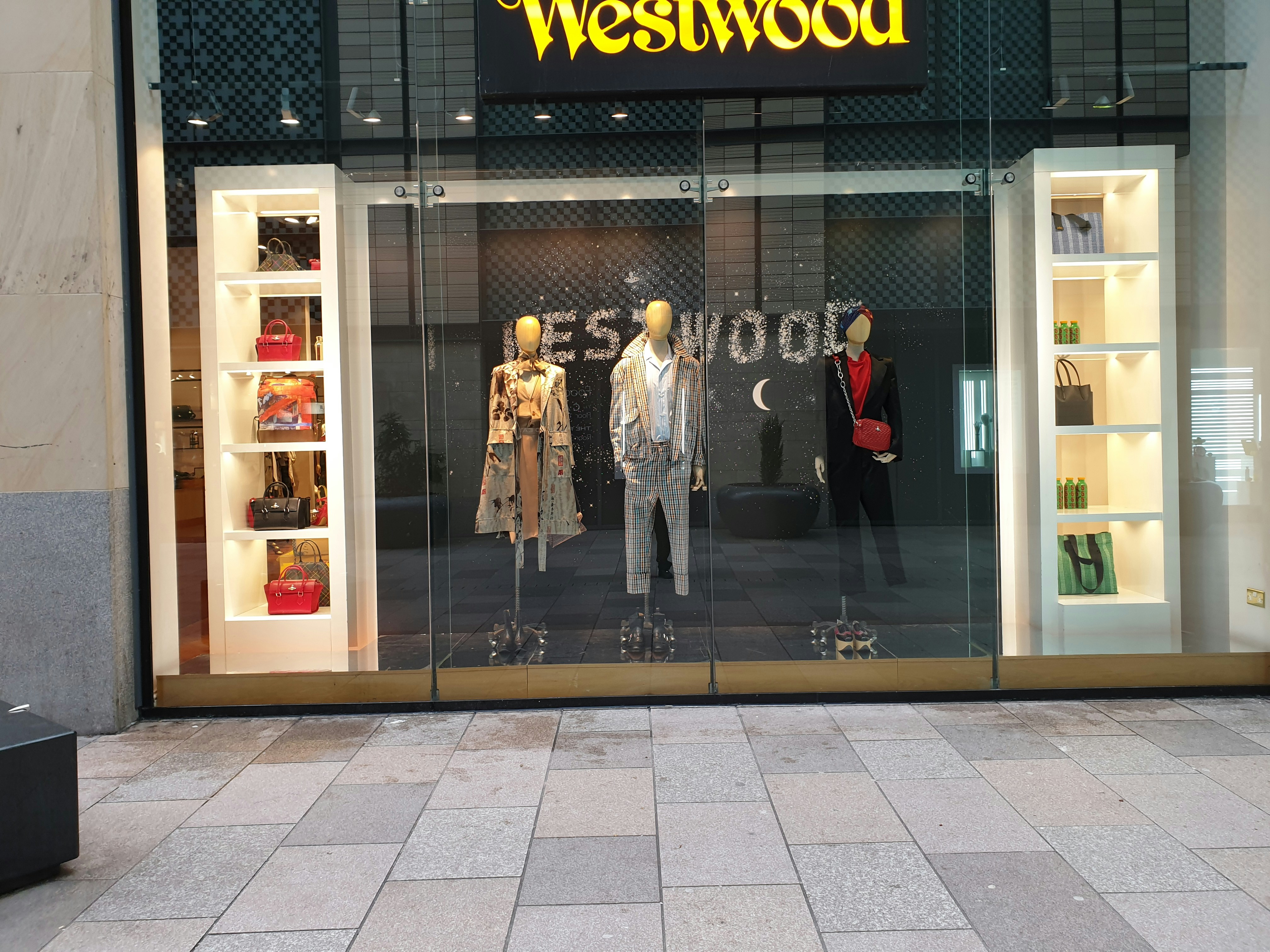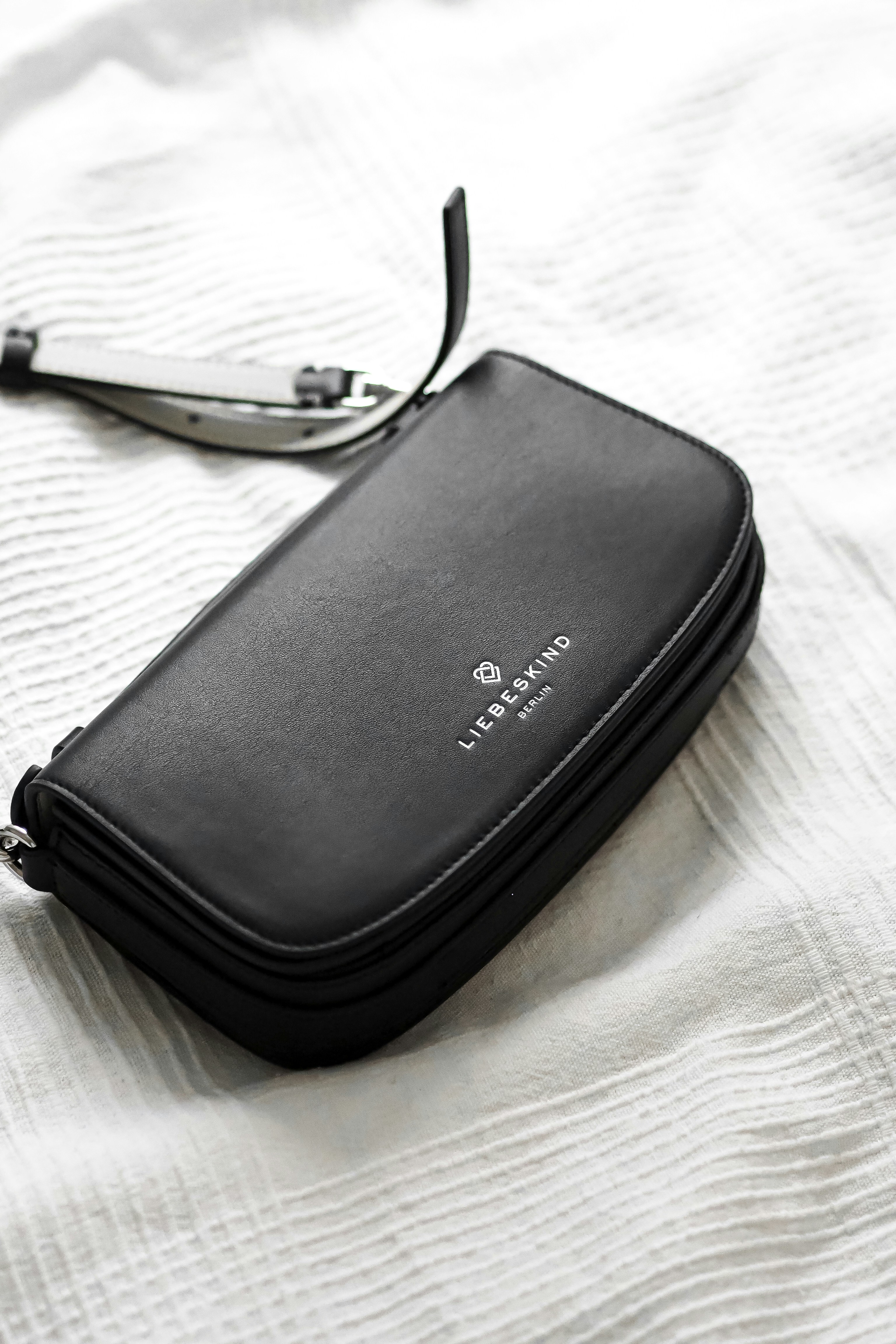Founded in 1925 in Rome, Italy, Fendi emerged as a visionary brand through the combined efforts of its founders, Edoardo and Adele Fendi. Their ambition was not merely to create a fashion label but to establish a legacy that would withstand the test of time. From the outset, Fendi focused on craftsmanship and quality, placing a strong emphasis on high-end fur and leather goods. This commitment to excellence positioned the brand firmly within the luxury market.
The post-World War I period in Italy provided a unique cultural and historical backdrop that shaped Fendi’s evolution. In a time of reconstruction, the brand’s founding coincided with a growing interest in fashion and luxury. By leveraging local materials and craftsmanship, Fendi began collaborating with skilled artisans, whose expertise in fur and leather crafting played a pivotal role in defining its early identity. The combination of high-quality production and innovative designs allowed Fendi to carve out its niche amid burgeoning fashion trends.
Throughout the 1930s and 1940s, Fendi’s reputation grew as they introduced groundbreaking pieces into their collections. Their distinctive focus on fur, often incorporating bold colors and innovative patterns, attracted a clientele seeking individuality and luxury. The brand’s approach was not merely about creating products but cultivating an experience that was deep-rooted in the artistry of fashion. This dedication to quality and design propelled Fendi into the limelight, further establishing its credibility within the fashion industry.
In summary, the origins of Fendi reveal a profound dedication to craftsmanship and innovation, set against a backdrop of cultural revitalization in Italy. This foundation would allow Fendi to continue evolving and redefining luxury fashion for decades to come.
Fendi’s Innovation in Fur Fashion
Fendi has long been recognized as a pioneering force in the fashion industry, particularly in its innovative approach to fur fashion. Since its inception in 1925, the brand has redefined the use of fur, transitioning it from a traditional fabric to a medium of artistic expression. By utilizing traditional techniques while incorporating modern design concepts, Fendi has developed unique collections that stand out in the luxury market.
A notable example of Fendi’s fur innovation is the iconic “Fendi Baguette” bag, which showcased the versatility of fur in a way previously unseen in high-end accessories. The integration of fur with unexpected materials, such as leather and textiles, has allowed Fendi to push the boundaries of craftsmanship and creativity. This melding of textures and styles has established Fendi as a leader in fashionable fur, appealing to a more contemporary audience while maintaining an appreciation for classic techniques.
Influential designers, such as Karl Lagerfeld, played a crucial role in evolving Fendi’s fur collections. Lagerfeld’s vision transformed fur into a statement piece rather than just functional luxury. His artistic flair led to the introduction of bold colors, playful patterns, and groundbreaking silhouette designs that caught the attention of fashion enthusiasts and critics alike. These innovative approaches emphasized that fur could be elegant and fashion-forward, positioning Fendi ahead of its competitors.
In recent years, Fendi has also taken significant strides towards sustainability in its fur practices. The brand is committed to ethical sourcing standards and transparency in its supply chain, ensuring that its fur products are produced responsibly. This commitment not only addresses modern consumer expectations but also reinforces Fendi’s dedication to responsible luxury. As the brand continues to innovate and adapt, it remains a distinguished leader in the realm of fur fashion, setting trends that influence the entire industry.
The Iconic Baguette Bag: A Cultural Phenomenon
The Fendi Baguette bag, introduced in the late 1990s, epitomizes a pivotal moment in fashion history, transcending the boundaries of mere accessory to become a cultural icon. Crafted by the visionary design duo Silvia Venturini Fendi and Karl Lagerfeld, the bag was inspired by the simple, everyday baguette loaf, representing both functional elegance and the essence of Italian craftsmanship. Its petite size and crossbody style catered to the practical needs of urban dwellers while reflecting a sense of luxury that resonated with fashion enthusiasts.
One of the key elements contributing to the Baguette’s rise as a staple in luxury fashion was its significant association with pop culture, particularly through its prominent placement in the television series ‘Sex and the City.’ Featured as a favored accessory of the protagonist Carrie Bradshaw, the bag captivated viewers and inspired countless fans to emulate her style. This visibility propelled the Baguette bag into the realm of icon status, as it became synonymous with a certain lifestyle characterized by sophistication and glamour.
The allure of the Baguette bag did not stop with its pop culture debut; it became a preferred choice among numerous celebrities and fashion influencers, further solidifying its status as a must-have item. Its versatile design allowed for a plethora of customization options, from color and materials to unique embellishments. Fendi’s strategic marketing aimed at creating an aura of exclusivity played a crucial role in emphasizing its desirability. The brand’s adaptive approach allowed the Baguette bag to maintain its relevance, leading to a resurgence in popularity in subsequent years, particularly during collaborations with contemporary artists and fashion designers.
Fundamentally, Fendi’s Baguette bag represents an intersection of luxury, functionality, and cultural narrative, marking its place not only in fashion but also in the broader context of 21st-century style evolution.
Fendi Under LVMH: A New Era of Luxury
Fendi, the renowned Italian fashion house, became part of the luxury conglomerate LVMH Moët Hennessy Louis Vuitton in 2001. This acquisition marked the beginning of a transformative chapter for the brand, significantly enhancing its global presence and market competitive edge within the realm of high fashion. As a subsidiary of one of the largest luxury groups in the world, Fendi leveraged LVMH’s extensive resources, impressive distribution network, and expertise in luxury brand management to broaden its appeal among affluent consumers worldwide.
Under LVMH’s stewardship, Fendi experienced an expansion of its product offerings beyond its iconic handbags and fur creations. The brand embraced a diversified approach, introducing new lines such as ready-to-wear apparel, accessories, and innovative lifestyle products. This diversification not only attracted a more extensive customer base but also allowed Fendi to maintain its rich heritage while evolving with contemporary fashion trends. The ability to combine traditional craftsmanship with modern design concepts has solidified Fendi’s position as a multifaceted luxury brand.
Collaboration played a pivotal role in Fendi’s strategies post-acquisition. The brand frequently collaborated with contemporary artists and designers, resulting in limited-edition pieces that garnered significant attention in the fashion world. Such strategic partnerships have augmented Fendi’s brand narrative, reinforcing its commitment to creativity and innovation. Moreover, Fendi’s marketing campaigns have been meticulously crafted to resonate with younger audiences, achieving a balance between timeless elegance and modern flair.
Looking ahead, Fendi is poised to thrive within the competitive landscape of luxury fashion. The synergy with LVMH promises not only sustained growth but also an opportunity to influence future trends. As the luxury market continues to evolve, Fendi’s rich heritage combined with LVMH’s influence suggests a bright future for the brand, further solidifying its status in the annals of fashion history.

